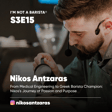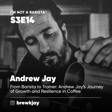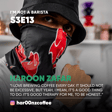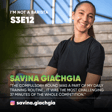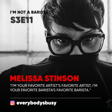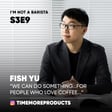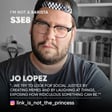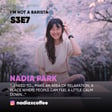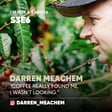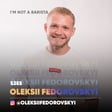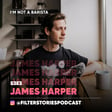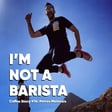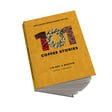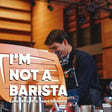
#17: Meet Robert McKeon Aloe, the author of Engineering Better Espresso: Data Driven Coffee
Robert McKeon Aloe, author of the latest coffee book on Kickstarter "Engineering Better Espresso: Data Driven Coffee ".
Robert is also a Senior Video Engineering Incubation Manager at the biggest fruit company Apple. For the last 3 years, he has published more than 200 coffee articles on his blog
https://rmckeon.medium.com
"People think you have to upgrade coffee equipment for better espresso. Better equipment will improve your espresso, but it isn’t the only thing. There are plenty of cheaper ways and methods to improve espresso that can be done incrementally. I wrote a book about improving espresso by incrementally improving each variable of the process using data science with the aim to help every espresso drinker regardless of their home or professional setup."
Robert's new book reached its funding goal in just 7 hours, if you are an espresso lover, make sure you check out this coffee book on Kickstarter now
https://www.kickstarter.com/projects/espressofun/engineering-better-espresso-data-driven-coffee/
Read more coffee stories on
https://notabarista.org/
Order Coffee Wristbands and support I'M NOT A BARISTA's charity work
https://notabarista.org/product/notabarista-coffee-wristbands-2023/

